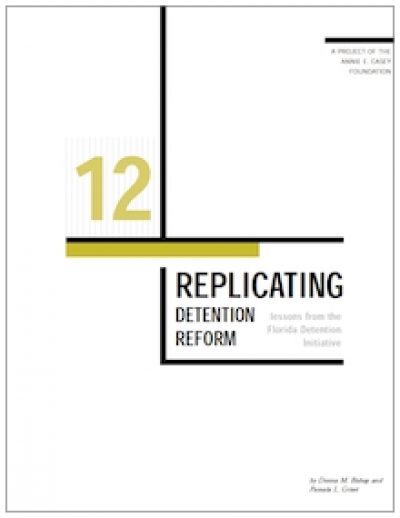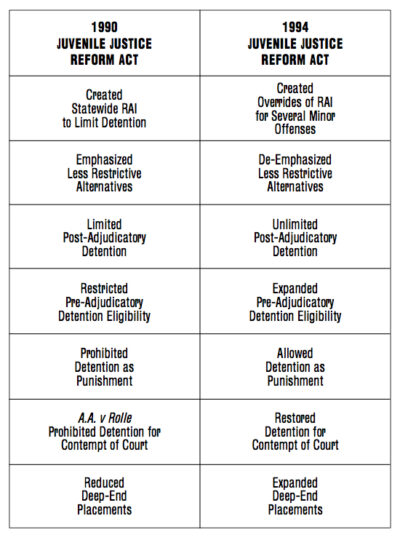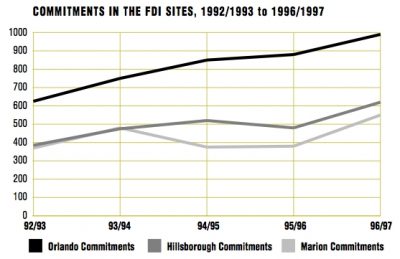Need Isn’t Enough
Experts selected all 3 FDI sites because their facilities were overcrowded and their programs lacked detention alternatives. In essence, each location was in desperate need of reform. Post-initiative, these same experts recommend taking a more comprehensive approach — and considering factors such as stakeholder commitment, inter-agency partnerships and staff turnover rates — when selecting sites for reform.









